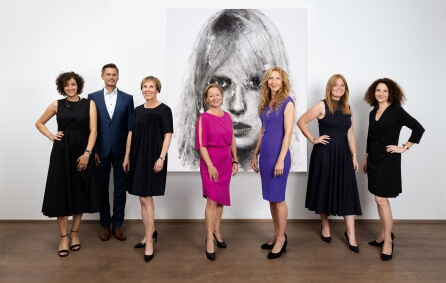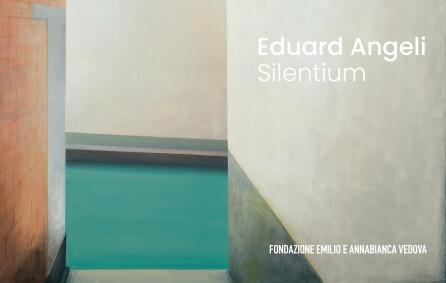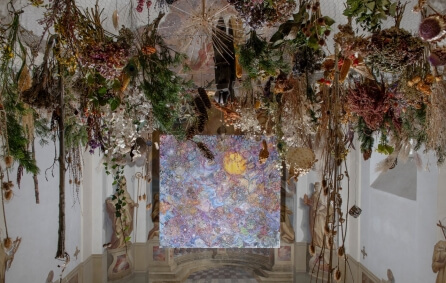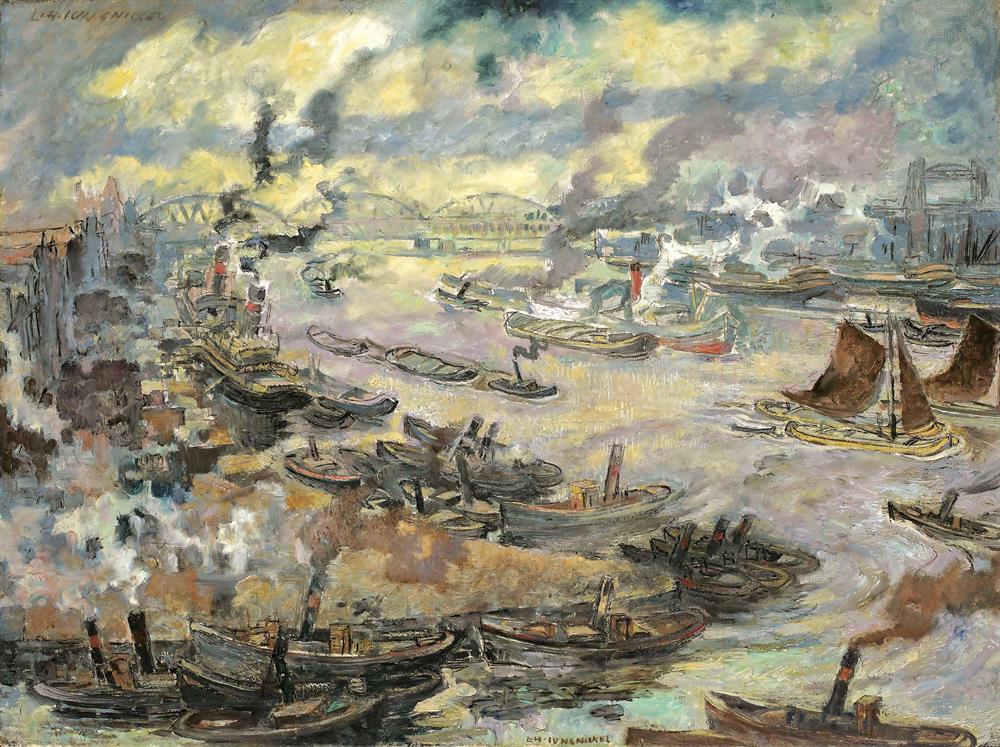
Ludwig Heinrich Jungnickel
(Wunsiedel 1881 - 1965 Vienna)
The following artworks are for sale

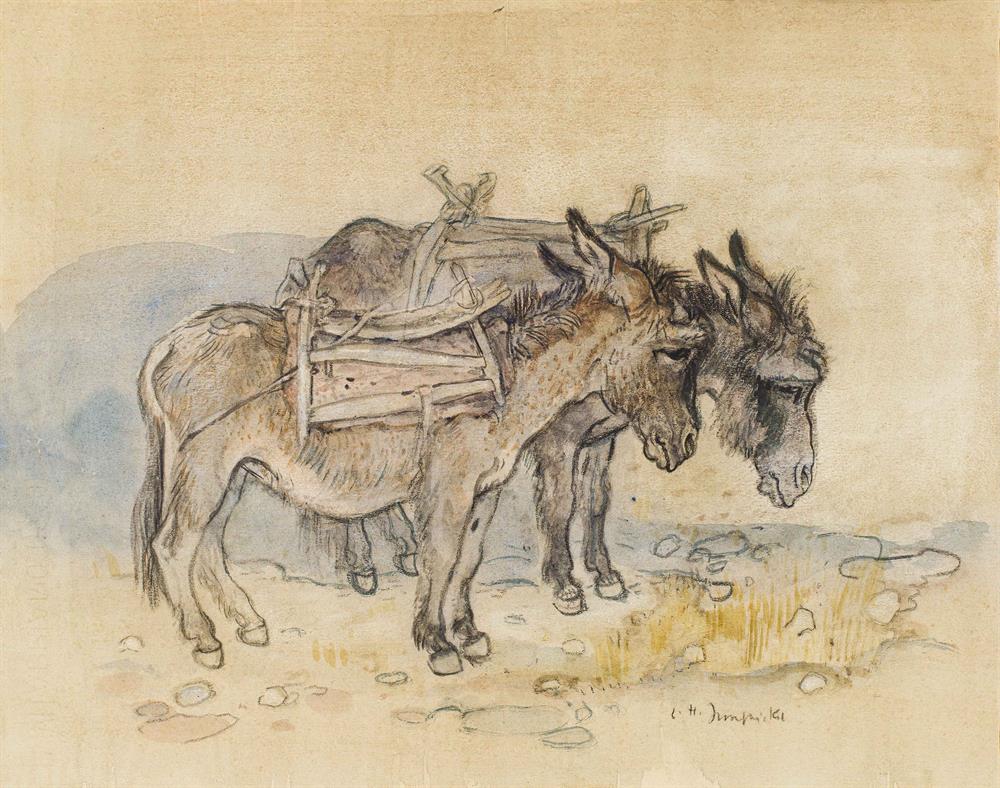
Jungnickel Ludwig Heinrich Two Dalmatian Donkeys around 1940
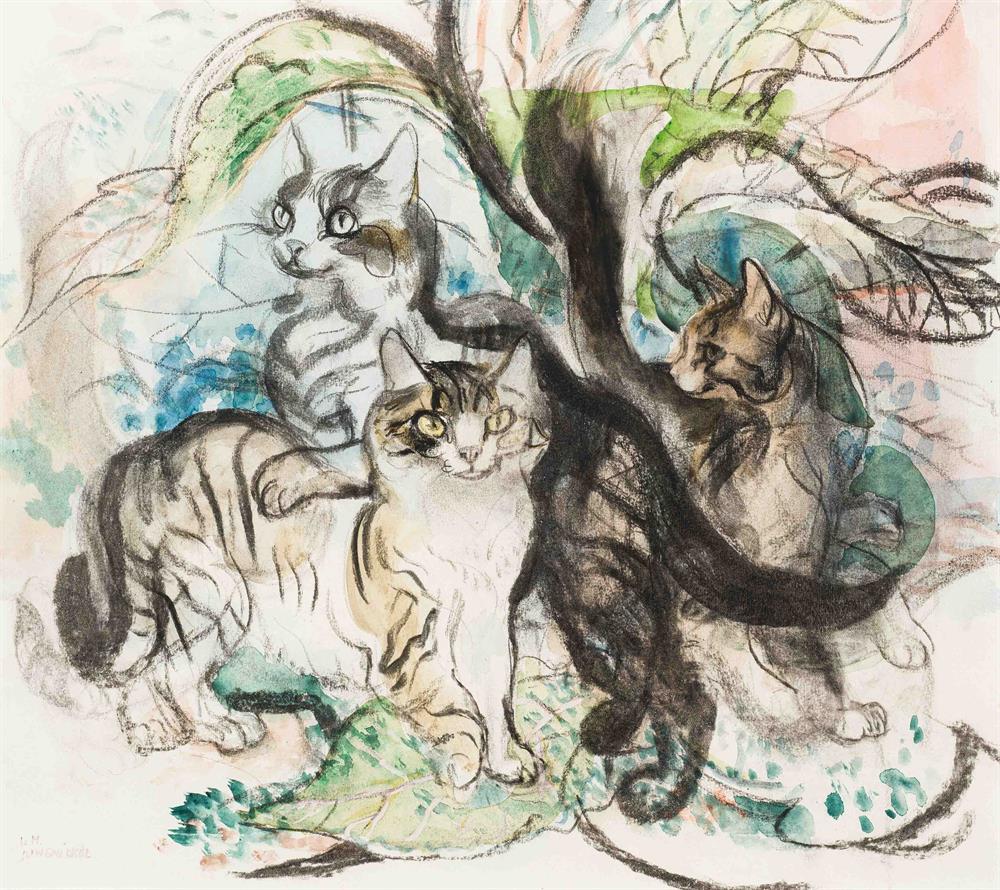
Jungnickel Ludwig Heinrich Three cats
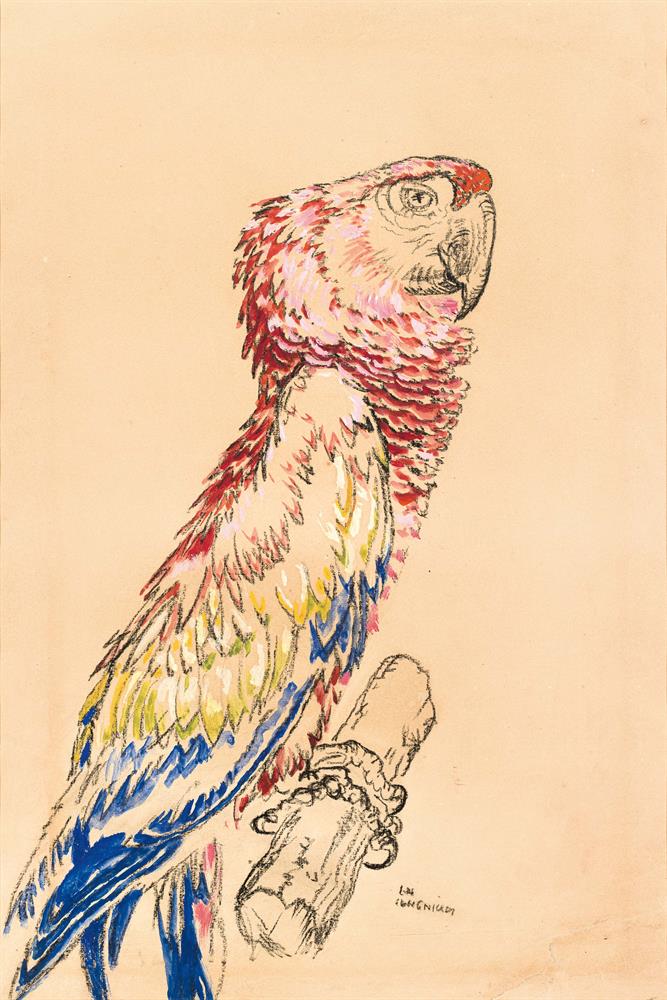
Jungnickel Ludwig Heinrich Roter Ara
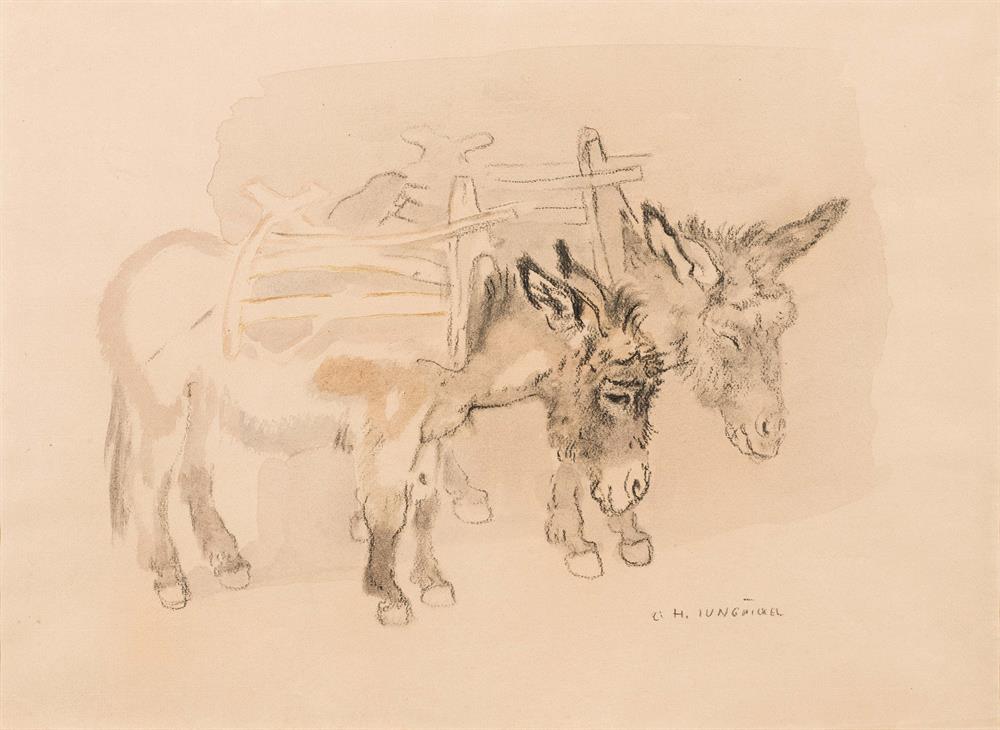
Jungnickel Ludwig Heinrich Two donkeys with carrying frame
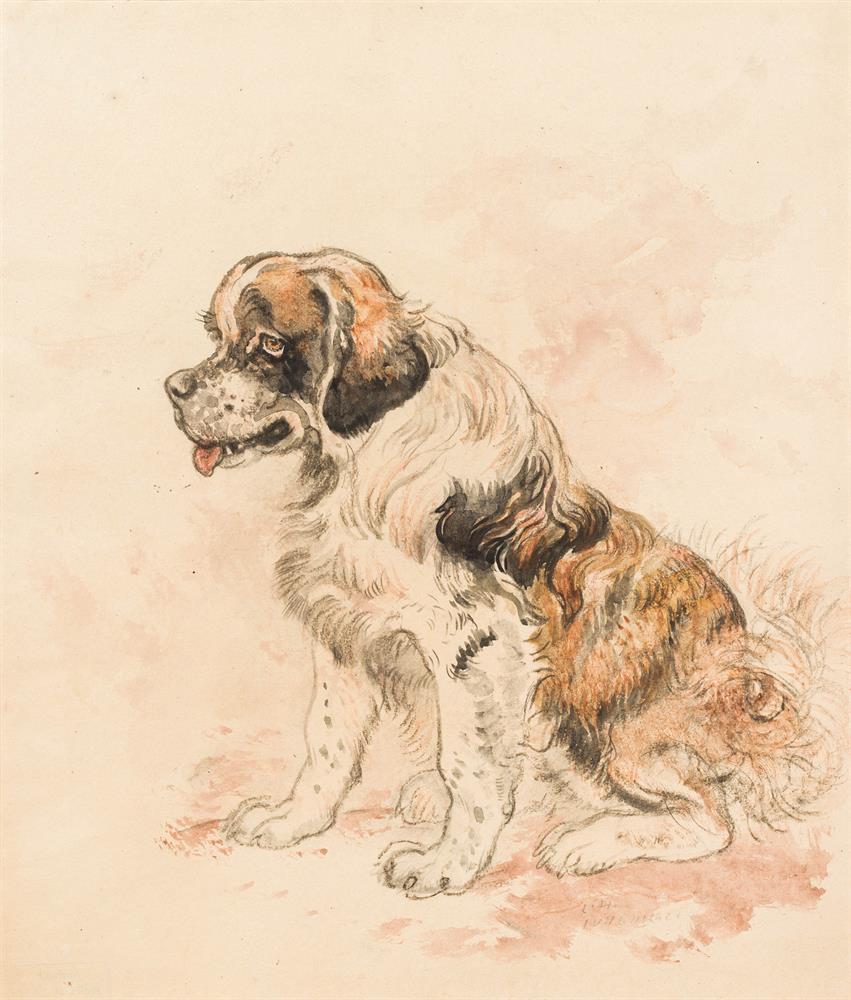
Jungnickel Ludwig Heinrich Bernhardiner
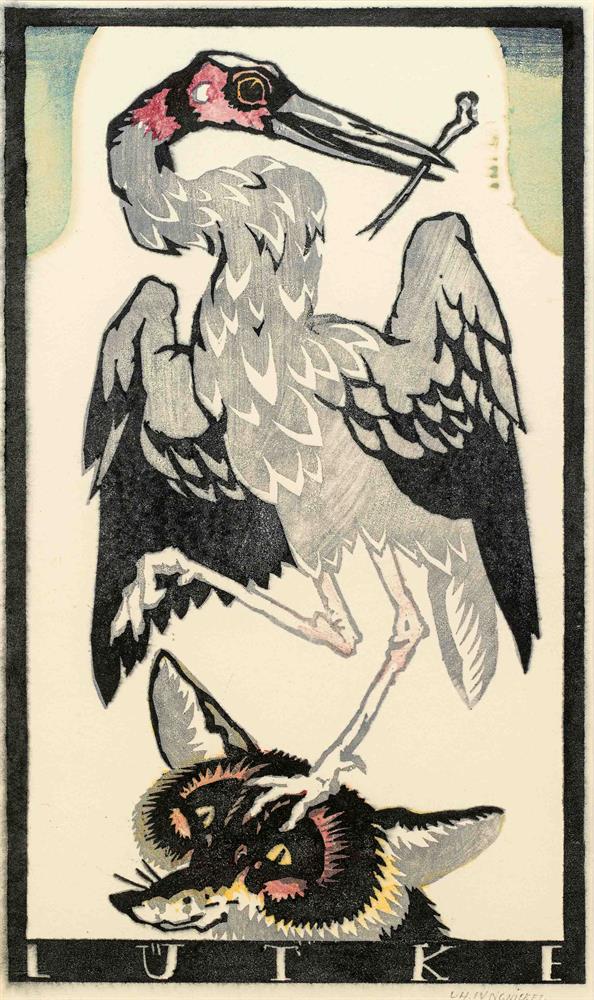
Jungnickel Ludwig Heinrich Lütke "Tiere der Fabel", 1917
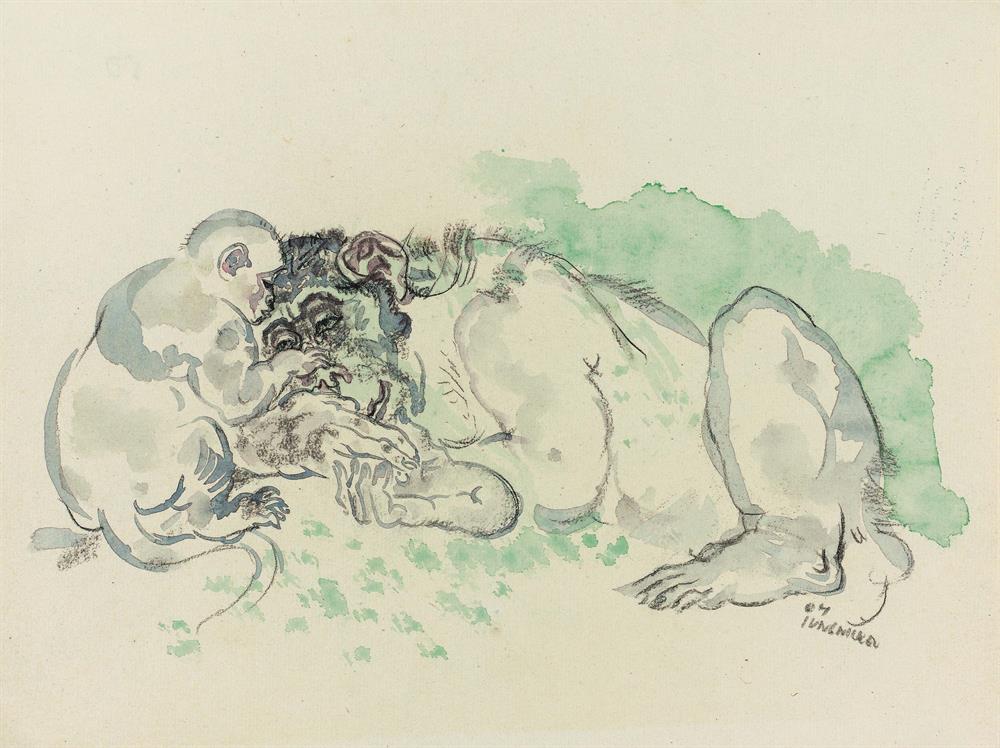
Jungnickel Ludwig Heinrich Affenmutter mit Baby 1921
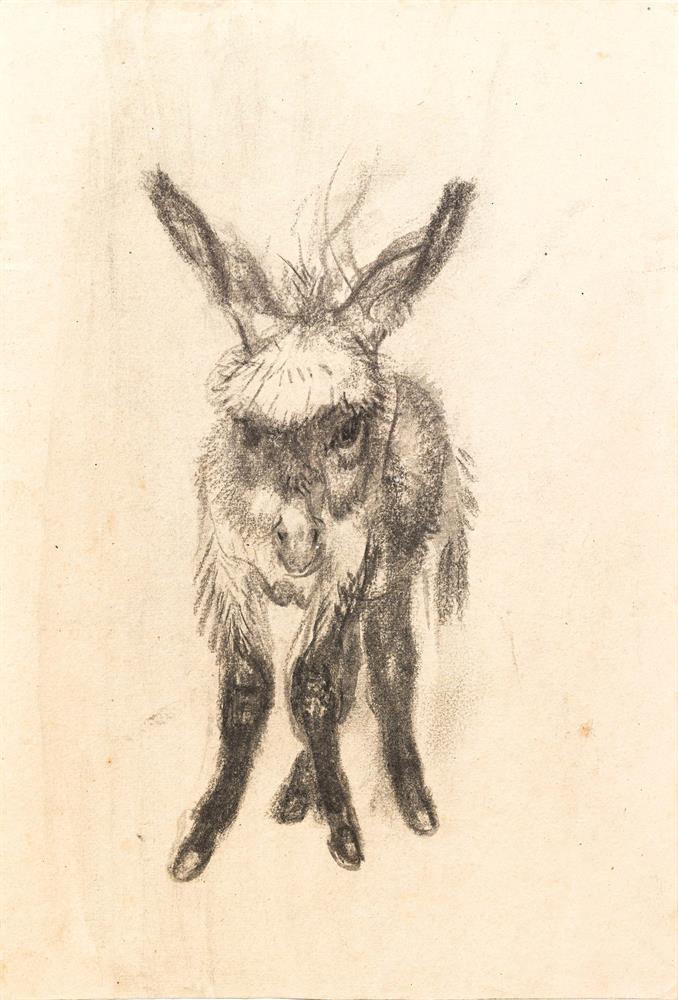
Jungnickel Ludwig Heinrich Eselchen von vorne
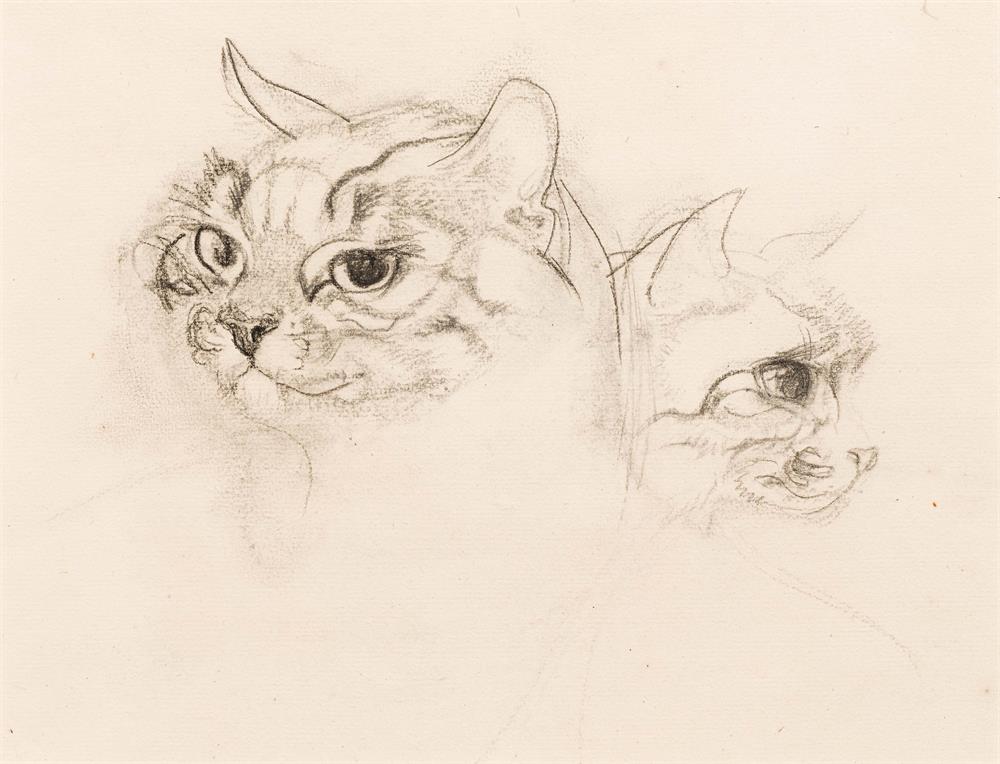
Jungnickel Ludwig Heinrich Two cat heads around 1920/25
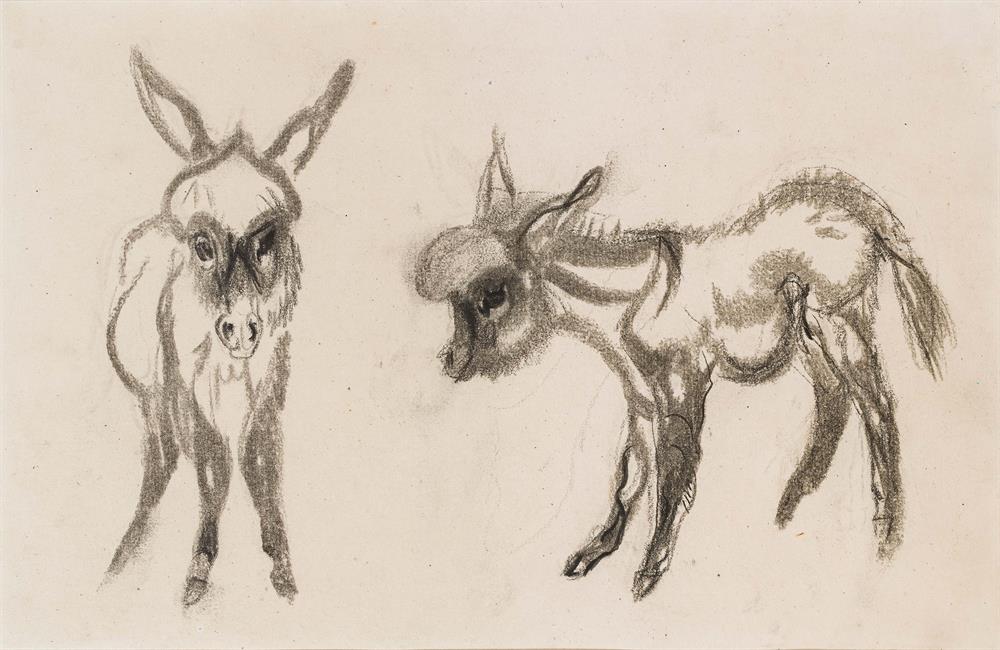
Jungnickel Ludwig Heinrich Zwei junge Esel around 1920
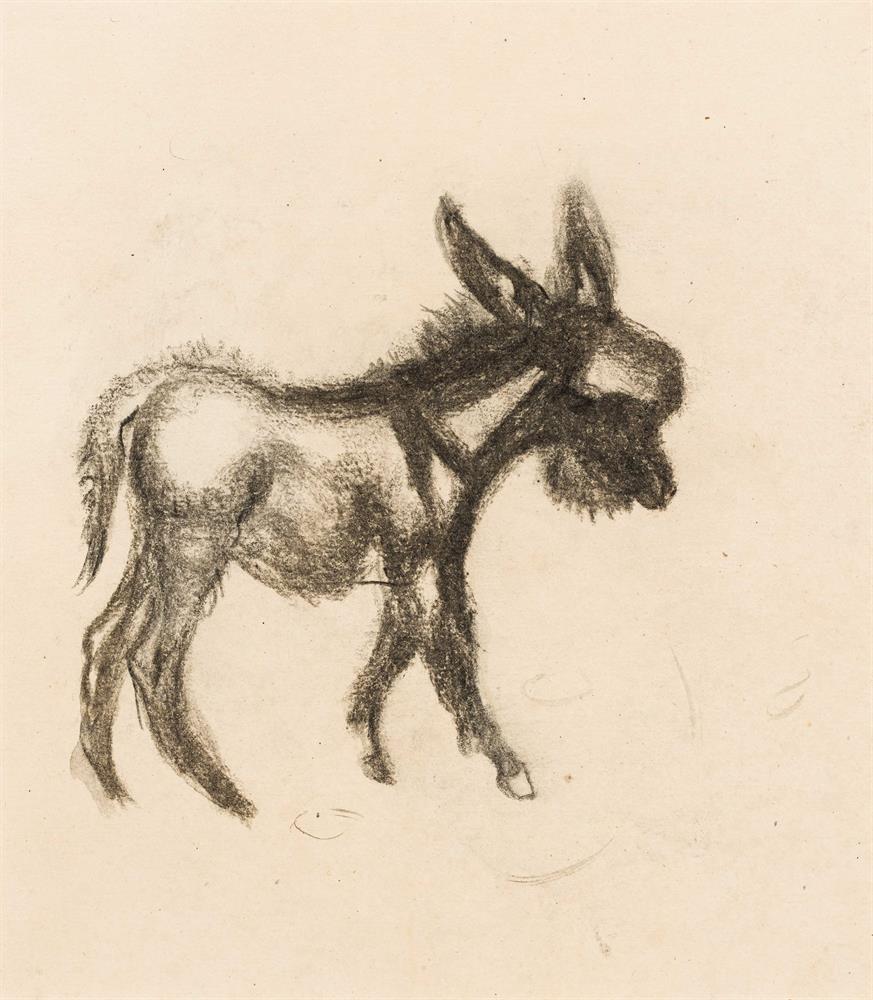
Jungnickel Ludwig Heinrich Young donkey to the right
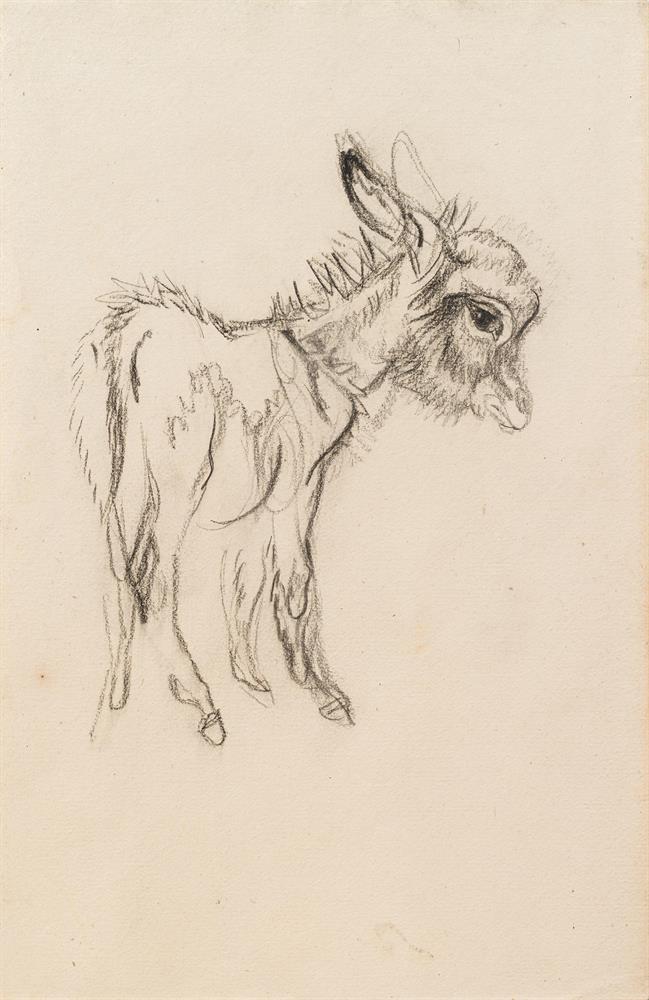
Jungnickel Ludwig Heinrich Eselchen
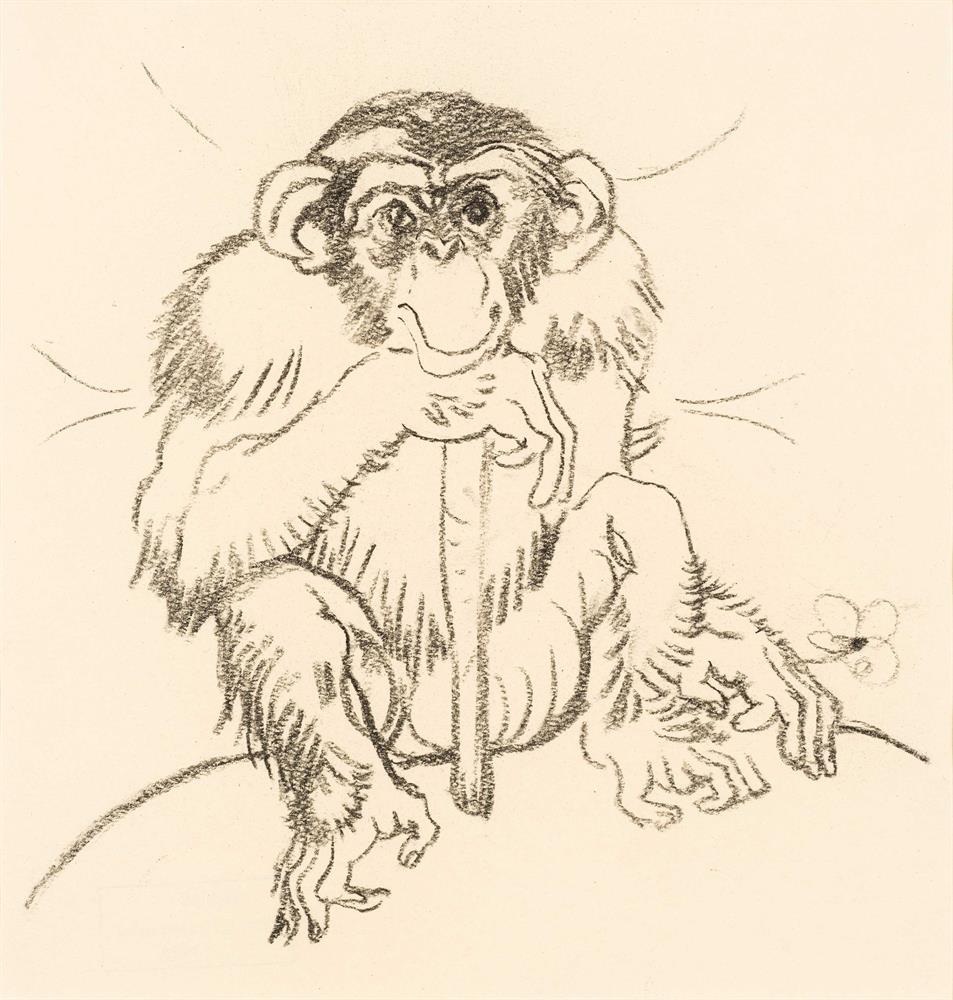
Jungnickel Ludwig Heinrich Young chimpanzee sitting
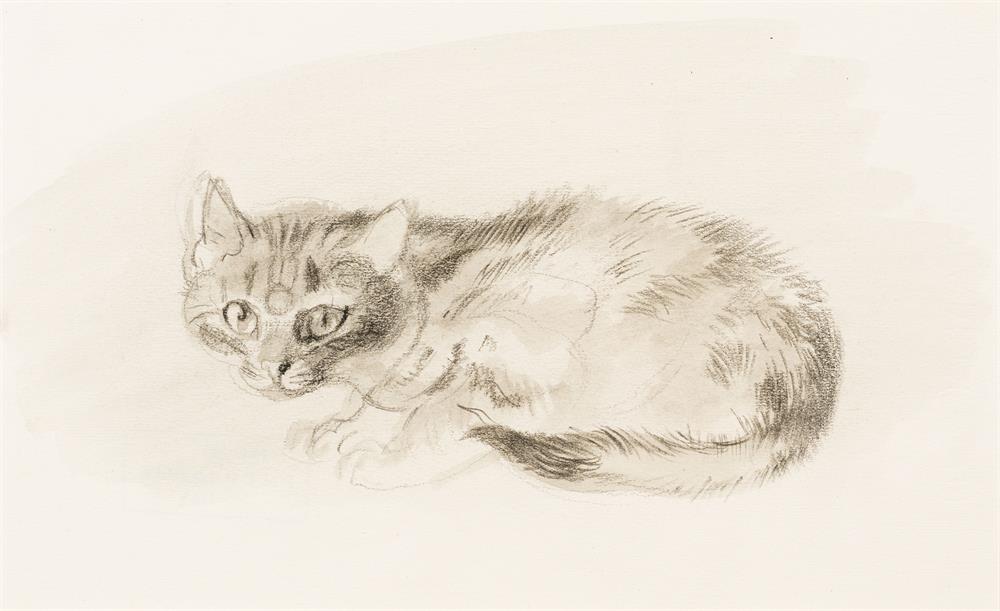
Jungnickel Ludwig Heinrich Crouching young cat to the left
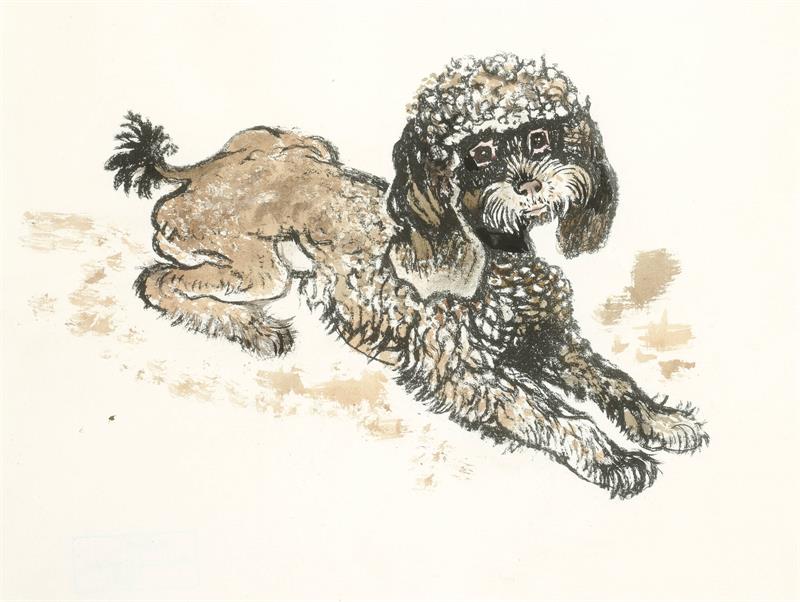
Jungnickel Ludwig Heinrich Pudel
Biography
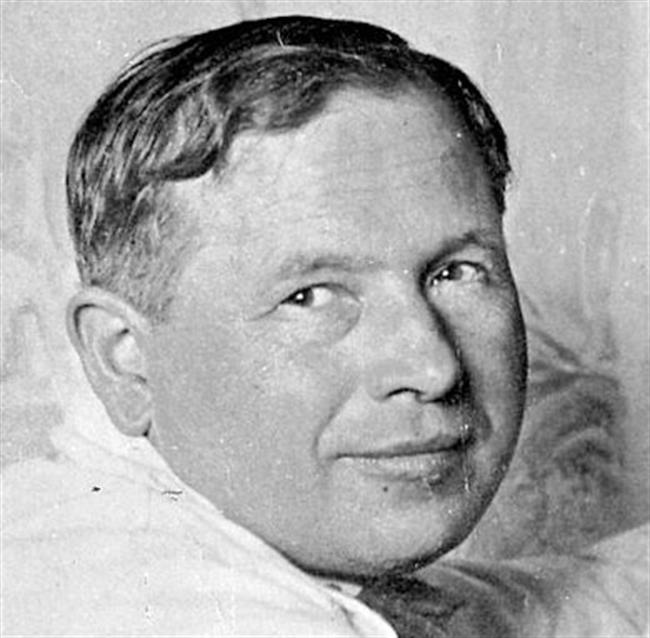
The graphic designer and painter Ludwig Heinrich Jungnickel was born in Upper Franconia in 1881. He was often acclaimed as a painter of animals and in his earlier years studied at the Munich School of Arts and Crafts. In 1898 after a yearlong stay in Italy he went to Vienna where he studied with Christian Griepenkerl at the Academy of Fine Arts and later at the School for Applied Arts with Alfred Roller. At the Wiener Werkstätte Jungnickel became one of the most important designers of textiles, wallpapers and postcards. Together with Gustav Klimt he worked on the interior designs of the Palais Stoclet in Brussels. Experimenting with different graphic techniques he was able to achieve extraordinary results. Through his contacts to Egon Schiele and Oskar Kokoschka he became acquainted with the Austrian expressionist style, which he recognized as a suitable means of expression for his own purposes. From 1938 to 1952 Jungnickel lived in voluntary exile in Abbazia, Croatia.

